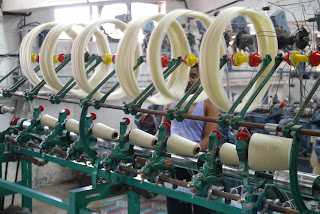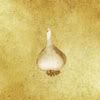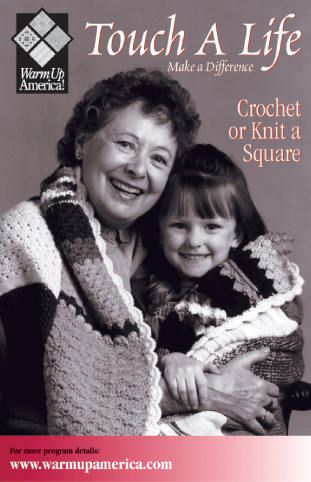Mumbai - Day 1
Part I: Dying Factory This being our first visit to Mumbai, I have on my list two factories to visit. The printing/dying factory and the knitting factory. Simply put, I really like factories. I like exploring all of the machinery to see the depth of the capabilities of each place. It gets my creativity going! This factory makes some of the scarves, beach cover-ups and pareos that I design to go with my beach hats.
This being our first visit to Mumbai, I have on my list two factories to visit. The printing/dying factory and the knitting factory. Simply put, I really like factories. I like exploring all of the machinery to see the depth of the capabilities of each place. It gets my creativity going! This factory makes some of the scarves, beach cover-ups and pareos that I design to go with my beach hats.
Today we went on a visit to the printing and dying factory. Between Dan and I we have hundreds of photos, but I'll post only a few as I go through the basics of the processes. Most folks have no idea just HOW MUCH WORK goes into making every article of clothing you have in your closet... here's a very mini overview of parts of the process!
This factory has the capability to custom dye the greige (undyed) yarn it uses. They can dye it in batches with fine yarn submerged/ dipped on a cone (below left) or hanks of heavier weight yarns stretched  across and sprayed from the top down and bottom up (below right).
across and sprayed from the top down and bottom up (below right).  They have the capabilities and machinery to dye small batches (1-2 cones) up to HUGE batches. Left shows a medium sized batch of cone dyed spools while right shows a medium sized batch of stretched chunky dying in the hot spray oven. Heat is VERY important to the dying process. Just as you would cook your dye at home on the stove, these machines crank up to extremely hot temperatures!
They have the capabilities and machinery to dye small batches (1-2 cones) up to HUGE batches. Left shows a medium sized batch of cone dyed spools while right shows a medium sized batch of stretched chunky dying in the hot spray oven. Heat is VERY important to the dying process. Just as you would cook your dye at home on the stove, these machines crank up to extremely hot temperatures!

 Some colors take a number of tries to match the color. (left) There are some colors will not get matched and the customer (me) will have to either agree to a close color or change the color and send them back to the drawing board.
Some colors take a number of tries to match the color. (left) There are some colors will not get matched and the customer (me) will have to either agree to a close color or change the color and send them back to the drawing board.
Once all recipes are approved and it’s time to bulk dye, it goes from the lab where the master had mixed the recipe, to the color room (right) where the recipe is made in bulk batches by weight. Any variance in the weights of each pigment being used will ruin the batch. Most of those bins in the background contain pure pigment.
 Once the yarn has been dyed, whether in small batches or large, it goes through washing, fixing, spinning (like the spin cycle of your washing machine) and drying cycles in separate machines to set the color. The first photo at the top of this entry shows me loking at a spool just pulled out of the medium sized spinner.
Once the yarn has been dyed, whether in small batches or large, it goes through washing, fixing, spinning (like the spin cycle of your washing machine) and drying cycles in separate machines to set the color. The first photo at the top of this entry shows me loking at a spool just pulled out of the medium sized spinner.  The cones that are dyed have a special core that fits into the dying machines. The fine yarn must be moved onto a typical cone for use at the machines. That happens on this machine (right.) Again, approximately a dozen cones run at a time. These men attend to the machines to make sure there are no knots, snags and if a yarn breaks, he rethreads that section of the machine and gets it going again.
The cones that are dyed have a special core that fits into the dying machines. The fine yarn must be moved onto a typical cone for use at the machines. That happens on this machine (right.) Again, approximately a dozen cones run at a time. These men attend to the machines to make sure there are no knots, snags and if a yarn breaks, he rethreads that section of the machine and gets it going again. 
























1 Comments:
that factory looks like fun! thanks for sharing it all with us.
2:31 PM
Post a Comment
<< Home